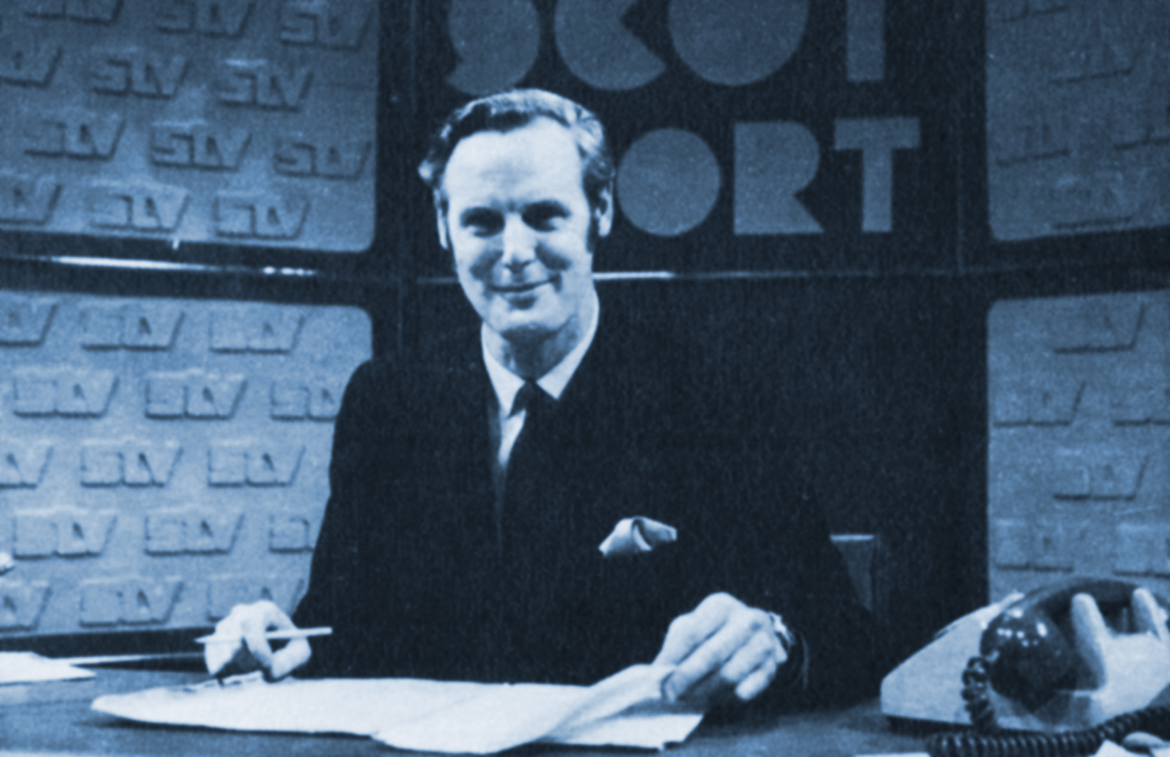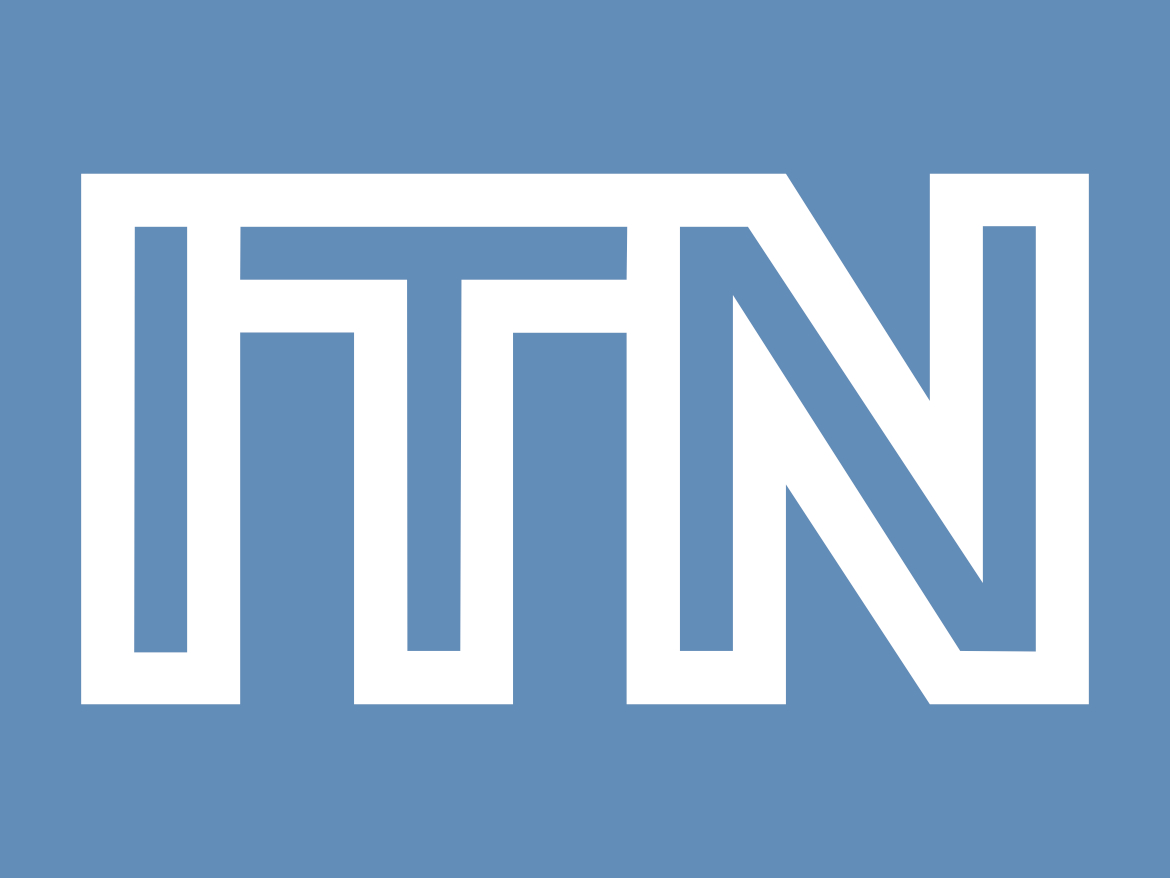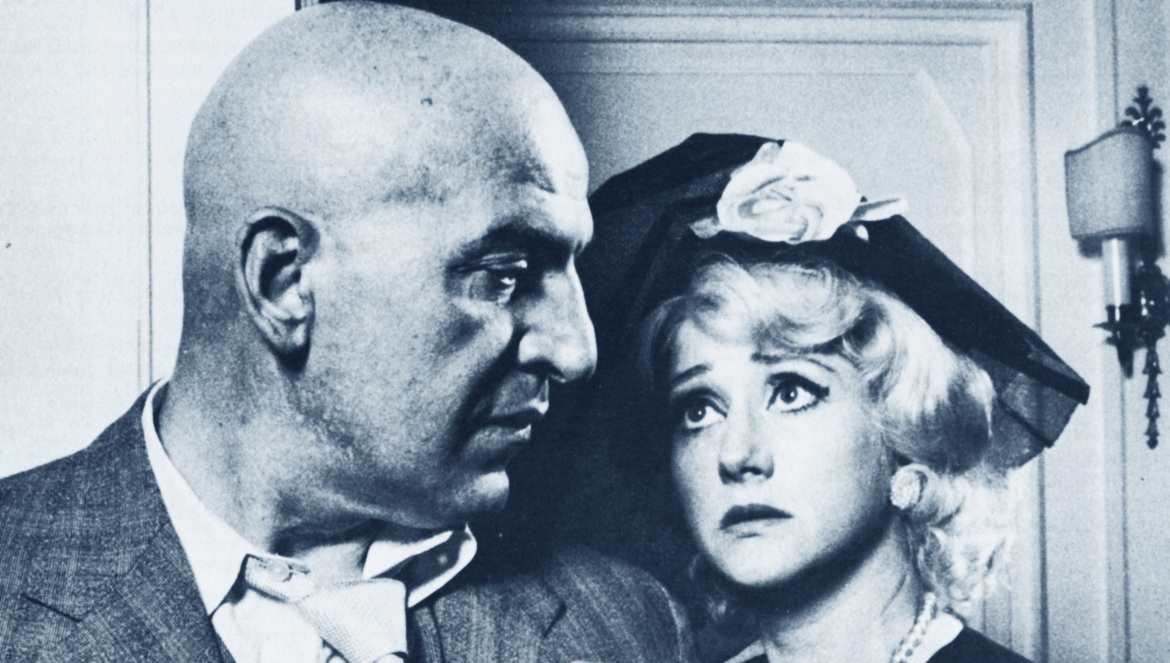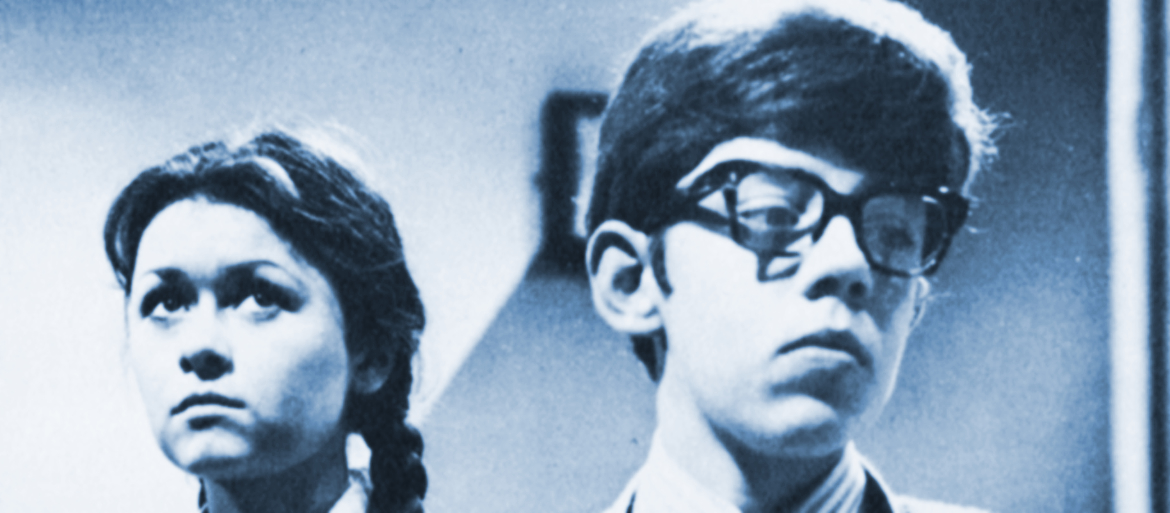16.
The 1964 Television Act, in Section 25, requires that where there is more than one ITV service the Authority shall:
ensure that, so far as possible, the same kind of subject matter is not broadcast at the same time in the different programmes.
To some people, the provision of a complementary service is merely the avoidance of clashes as required by the Act. To the Authority, however, a truly complementary second service is one which, as well as being planned to provide alternative types of programme for the viewer at any given time, serves to complete and fill out the range of ITV programmes available. It is one which enables Independent Television to find the elbow-room referred to earlier.
17.
It is possible to conceive of a complementary ITV 2 service provided by a programme company, or group of programme companies, separate from those of ITV 1 and in competition with them for the viewing audience, and therefore for advertising revenue. But in functional terms such an arrangement could not work. For each service would have an interest in looking to the size of its audience at any given time and would be competing not only with the BBC but with the other ITV service. This would be bound to affect the programme content and scheduling of the two ITV services, and to diminish opportunities to screen programmes designed for, say, 10 per cent of the viewers. A better situation would be one where programmes could be planned and scheduled without regard to their relative audiences as between ITV 1 and ITV 2. Thus, if there were a light entertainment programme on ITV 1, it would be better scheduling, in the Authority’s view, if the programme going out on ITV 2 were, for example, an arts or documentary programme, or an experimental programme, of a type likely to please those viewers who would not be attracted by what was on ITV 1. This programming policy points to a system where the two Independent channels are as little as possible in rivalry with each other for the same part of the audience at the same time, although there would be competition on an equal footing with the BBC. If this complementarity between ITV 1 and ITV 2 is achieved, then a wider range of the total audience will be provided with programmes which are to their taste. A self-supporting single service will always find it difficult regularly to screen programmes which it is known will attract a relatively small proportion of the total audience. With two services, the planners will be able to accept the possibility of small audiences at peak time with equanimity, since the audience for the alternative ITV programme need not be substantially affected. There is therefore, in a complementary situation, an inherent, rather than an imposed, reason for scheduling programmes in the way that serves the viewer best; and planners are not tempted to place programmes of mass appeal against each other, since that would diminish the following of both.











